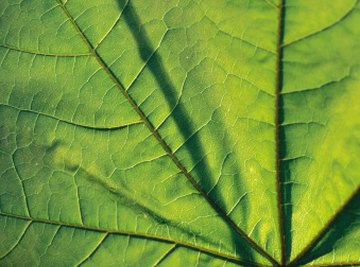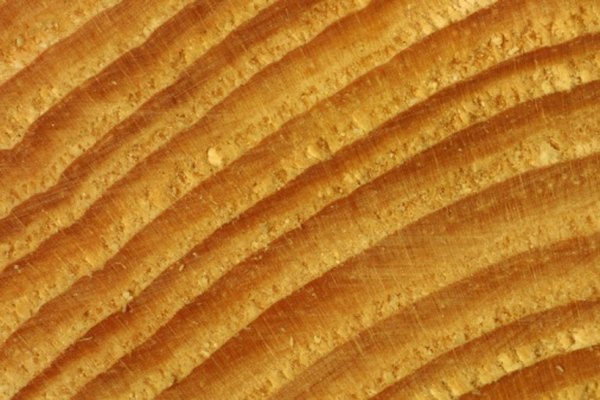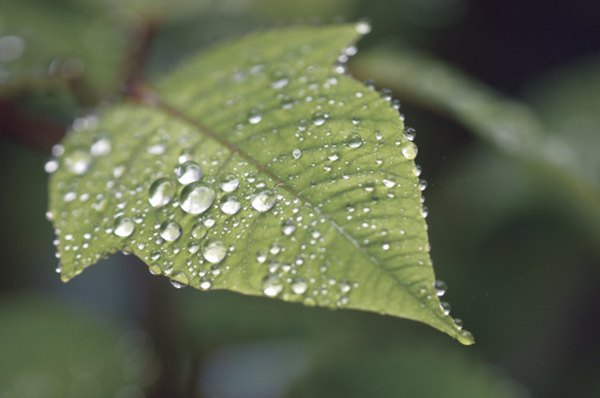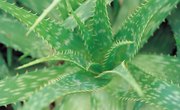
Plants absorb large quantities of water through their roots but lose most of it to transpiration, the process by which water evaporates from the leaves of plants. To gardeners weary of watering their gardens to keep plants alive, losing large volumes of water to transpiration can seem a liability for plants. However, it is also the mechanism that pulls fresh water up from the roots and keeps leaves cool, making it essential for plant life.
Roots
Transpiration begins in the plant's roots, which absorb water from the soil, as well as dissolved nutrients contained in that water. In all but young roots -- where the water passes directly into the vascular system -- once water enters the roots, it occupies cells and the spaces between cells before entering the vascular tissue and beginning its journey up the plant.
Vascular Tissue

Plants contain two types of vascular tissue: xylem and phloem. Xylem is the tissue that conducts water and dissolved minerals upward from the roots to the furthest tips of the leaves. Xylem begins as elongated cells placed end to end. As the cells die, the ends of the cells dissolve, resulting in a single long tube of nonliving tissue.
Transpiration is the mechanism that allows water to move against gravity to reach the uppermost leaves in even the tallest plants. Similar to the action of a drinking straw, transpiration pulls water from the leaves, drawing water up from the roots to replace it. In a moist soil, this pull results in a constant supply of fresh water and mineral nutrients.
Water exits the xylem at all points up the length of the plant to correct water deficiencies. Upon leaving the xylem, water flows into the stem of the leaf, disperses through the leaf veins and fills the spaces between cells. There, as much as 99 percent of the water is lost to transpiration. (See References 2)
Stomata and Guard Cells
Plants need to take in carbon dioxide from their environment and release oxygen wastes. They do this through pores, primarily located on the undersides of leaves, called stomata. Flanking each stoma are two guard cells, which can open or close the stoma and directly regulate transpiration. During hot, dry conditions, the guard cells frequently close to prevent the plant from losing too much water. During humid or cool conditions, the guard cells will open and allow the free passage of gases and water loss through transpiration.
Cuticle

Leaves also contain a waxy coating called the cuticle. The cuticle helps limit water loss due to transpiration. Plants grown in environments where transpiration is high -- such as full-sun sites -- will develop thicker cuticles than plants grown on sites where they transpire less.
References
Photo Credits
Comstock/Comstock/Getty Images
